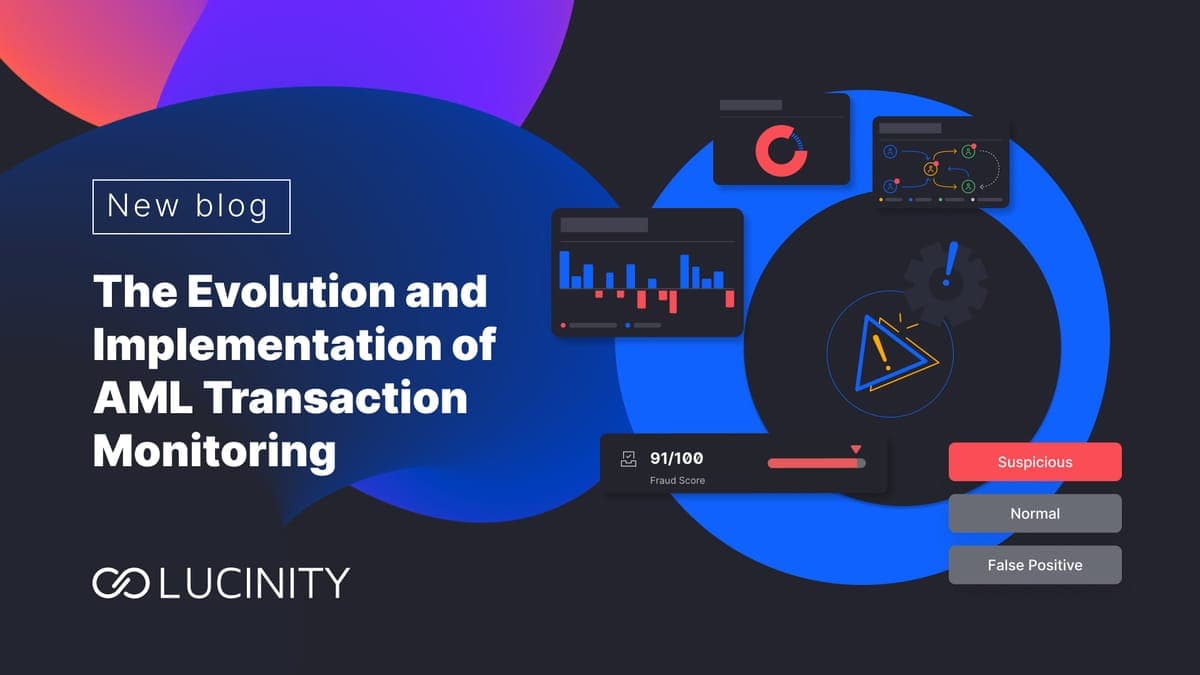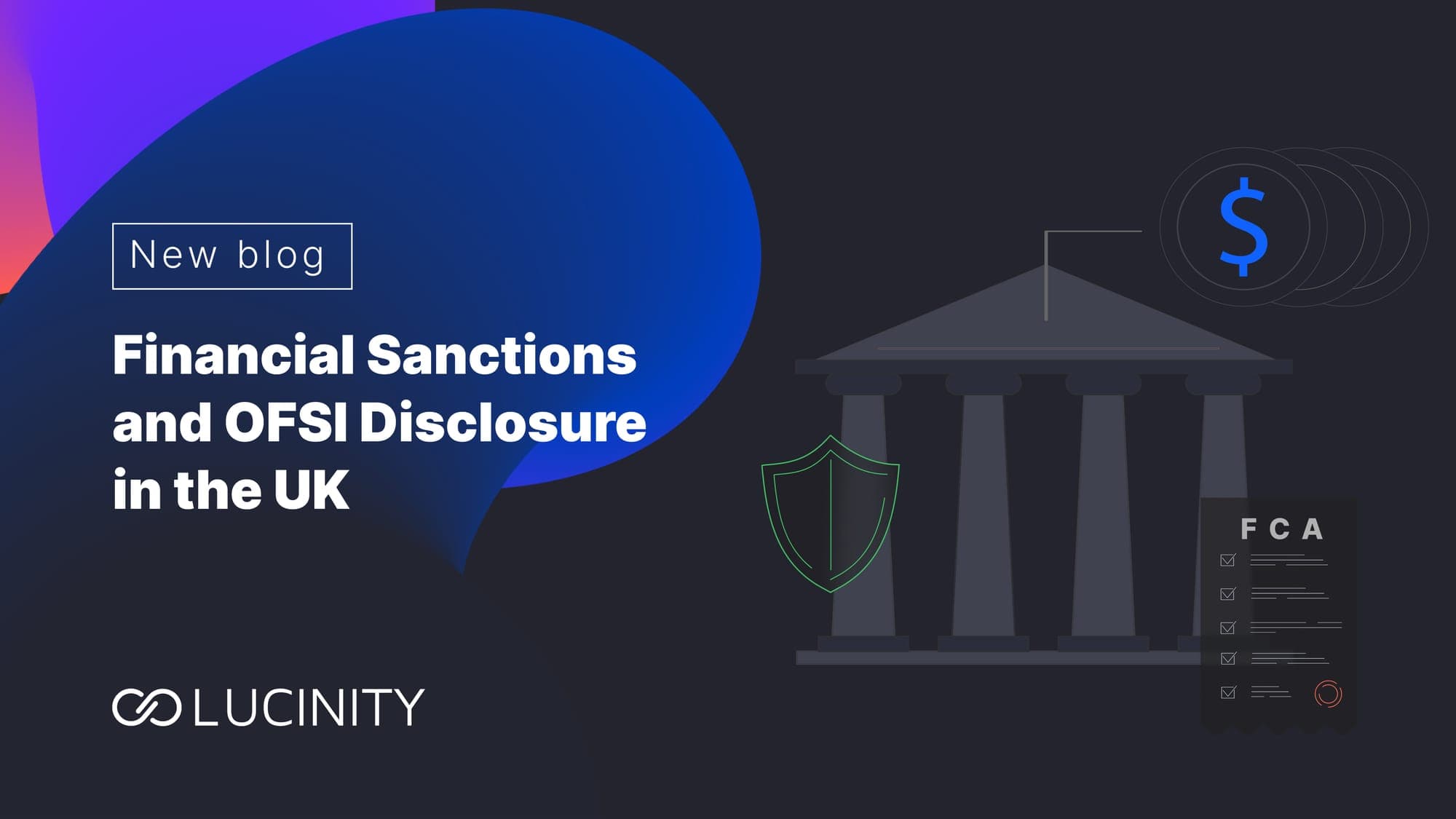7 FinCrime and Compliance Trends for 2024
This blog offers a summary of the 7 FinCrime and Compliance Trends that FinCrime Prevention Teams must prepare for in 2024. Download the full report to learn more!
As we move into 2024, the financial sector faces an evolving landscape shaped by rapid technological advancements and shifting global political and social dynamics. This blog outlines seven key trends expected to significantly influence compliance and financial crime prevention in the upcoming year.
- Ongoing Relevance of AI and ML: Artificial Intelligence (AI) and Machine Learning (ML) will continue to play a crucial role in the financial sector, especially in enhancing automation and improving regulatory compliance. These technologies are pivotal in processing large data sets, identifying patterns, and providing real-time insights, aiding organizations in meeting compliance demands.
- AML and Sanctions Convergence: The pace of sanctions is accelerating, requiring financial institutions to manage more data points and monitor transactions across traditional and digital assets. The Russia/Ukraine conflict exemplifies these challenges, necessitating a comprehensive view of anti-money laundering (AML) and sanctions activities.
- The Industrialization of Fraud: The last decade has seen a significant rise in digital fraud, with fraudsters reverting to old methods enhanced by modern technology. Real-time payment fraud and digital fraud controls have become paramount in this evolving scenario.
- Real-Time Monitoring: The necessity for real-time monitoring is becoming increasingly clear, with online banking users expected to surpass 3.6 billion by 2024. Real-time anti-financial crime measures, including enhanced Know Your Customer (KYC) and AML transaction monitoring technologies, are crucial for identifying and preventing fraudulent activities.
- Stricter Financial Crime Regulation: Anticipated stricter financial crime regulations, especially regarding sanctions, are a response to geopolitical events. Increased cryptocurrency regulation and challenges in regulatory supervisory approaches are also notable trends.
- Cyber-enabled Economic Crime: The intersection of money laundering, fraud, and cybercrime is expected to become more intertwined. AI and ML will play a significant role in enhancing cybersecurity measures and combating financial cybercrimes.
- Organized Crime Groups (OCGs): OCGs continue to pose a global threat in money laundering and other economic crimes. The EU’s response includes a four-point action plan commencing in 2024, focusing on new alliances, facilitating investigations, exchanging best practices, and enhancing data sharing.
These trends highlight the need for proactive measures, advanced technological solutions, and collaboration between public and private entities to combat financial crimes effectively in the year ahead.
Gain a more in-depth analysis of these 7 Trends. Download our full report here:



